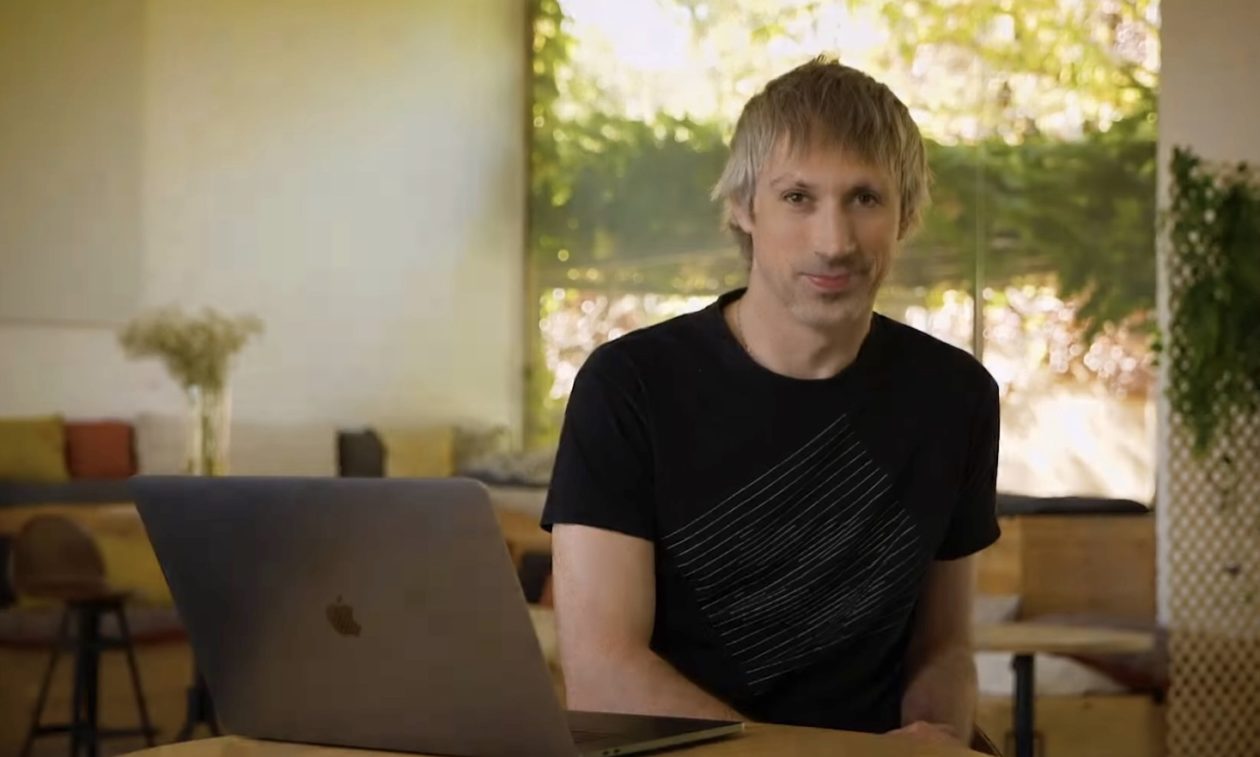3 Short Key Takeaways
- Learning how to buy your first cryptocurrency in 2025–26 starts with choosing a secure exchange and wallet.
- Begin small, focus on trusted coins like Bitcoin or Ethereum, and adopt a long-term, informed mindset.
- Use regulation-compliant platforms and prioritize wallet security to protect your investment for the future.
How to Buy Your First Cryptocurrency in 2025–26: A Beginner’s Roadmap to Smart Investing
The crypto world has come a long way since Bitcoin’s early days. By 2025, digital assets have become part of mainstream finance — integrated into investment portfolios, payment systems, and even national policies. Yet for newcomers, one question remains as relevant as ever: how to buy your first cryptocurrency safely and confidently.
As new technologies, stricter regulations, and innovative exchanges shape the market in 2025–26, buying crypto isn’t just about pressing a “Buy” button anymore. It’s about understanding platforms, security, and the long-term role of digital assets in your financial life. This guide breaks down what matters most — no hype, no jargon, just the essential steps to get started in the modern crypto economy.
Understanding What You’re Buying
Before you jump into buying, it’s worth asking: what exactly is cryptocurrency?
A cryptocurrency is a digital asset that uses blockchain technology to record transactions securely without needing a central authority. The most familiar examples — Bitcoin, Ethereum, and Solana — serve as both investment assets and foundations for decentralized networks.
In 2025–26, the market includes thousands of tokens across sectors: DeFi (decentralized finance), gaming, AI, and tokenized real-world assets. But not all cryptocurrencies are created equal. For your first purchase, focus on established, liquid, and well-reviewed assets — typically Bitcoin or Ethereum — before exploring niche tokens.
Understanding why you’re investing matters as much as what you buy. Are you seeking long-term growth, portfolio diversification, or just curious about Web3 technology? Your goals will shape your buying strategy.
Step One: Choose a Reliable Exchange
The first real step in buying cryptocurrency is selecting a trusted exchange — the platform that lets you convert traditional money (fiat) into digital assets.
In 2025, regulatory oversight has tightened worldwide, making licensed exchanges safer and more transparent than ever. Major platforms like Coinbase, Binance, Kraken, and regional players now adhere to stricter compliance standards, including KYC (Know Your Customer) verification and proof-of-reserves audits.
When evaluating exchanges, prioritize:
- Security: Two-factor authentication (2FA), cold storage, and clear incident history.
- Fees: Compare trading and withdrawal fees to avoid hidden costs.
- Usability: A simple interface is invaluable for beginners.
- Reputation: Look for regulatory registration and user reviews.
Pro tip: Many investors in 2025–26 also use decentralized exchanges (DEXs) like Uniswap or PancakeSwap, but these are better suited for experienced users. For your first crypto purchase, start with a centralized exchange where onboarding and support are straightforward.
Step Two: Set Up a Wallet — Your Digital Vault
Buying crypto is one thing; keeping it secure is another. That’s where crypto wallets come in.
A wallet stores your private keys — digital credentials that give you access to your assets on the blockchain. Losing these keys means losing your crypto, so security is paramount.
The Two Main Wallet Types:
- Hot Wallets: Connected to the internet (e.g., exchange or mobile wallets). Convenient but more vulnerable to hacks.
- Cold Wallets: Offline hardware devices like Ledger or Trezor. Ideal for long-term holders who value security.
By 2026, user-friendly multi-chain wallets are becoming standard, letting you manage assets across Bitcoin, Ethereum, and newer Layer 1 networks from one interface. For your first purchase, you can start with your exchange’s built-in wallet — then transition to a hardware wallet as your portfolio grows.
Step Three: Fund Your Account and Make the Purchase
Once you’ve chosen your exchange and set up your wallet, it’s time to fund your account.
Most exchanges in 2025 support a variety of payment methods — bank transfers, debit cards, and increasingly, direct fiat on-ramps through apps like PayPal or Revolut. Always double-check transaction fees and limits before depositing.
When you’re ready to buy, start small. Even $50–$100 can help you understand how trades execute and how the market moves. Choose your asset, specify the amount, and execute the trade. You’ll immediately see your balance reflected on the platform — and you’ve officially joined the crypto economy.
For better risk management, consider dollar-cost averaging (DCA) — investing a fixed amount regularly, regardless of price fluctuations. It smooths out volatility, which remains a constant feature of crypto markets even in 2026.
Step Four: Transfer to Your Wallet and Secure Your Investment
After purchasing, you can either hold your assets on the exchange or transfer them to your private wallet. The latter offers more control and security, especially for long-term investors.
When transferring, always double-check wallet addresses. Transactions on blockchain networks are irreversible — a single typo can send your crypto to the wrong place permanently.
Enable all available security features, including multi-signature approvals and backup recovery phrases. In 2025–26, wallet technology has improved, but human error remains the biggest threat.
Step Five: Stay Informed and Manage Your Portfolio
Buying your first cryptocurrency is only the beginning. The real challenge is staying informed and managing your portfolio wisely.
Follow reputable crypto news outlets, subscribe to updates from your exchange, and monitor regulatory changes — especially as new frameworks for digital asset taxation and reporting continue to evolve through 2026.
Many investors now use portfolio tracking apps that integrate real-time prices, profit/loss metrics, and tax tools. As the crypto ecosystem matures, these apps also connect with DeFi platforms and staking dashboards, giving users full visibility into their digital wealth.
Most importantly, adopt a long-term mindset. Crypto remains volatile, and emotional decisions can hurt performance. Avoid chasing trends or panic-selling. Patience, diversification, and steady learning are your best tools for success.
Also read : How to Read a Crypto Price Chart
What’s Different in 2025–26?
Buying crypto in 2025 is very different from what it was five years ago. The industry has evolved beyond speculation:
- Regulation: Clearer laws in major markets make it easier — and safer — to invest.
- User Experience: Onboarding has become more intuitive, with AI-assisted help and identity verification in minutes.
- Security: Exchanges now use real-time auditing and proof-of-reserves systems, building user trust.
- Integration: Crypto is no longer isolated — it’s embedded in traditional finance through ETFs, stablecoins, and tokenized assets.
This means that as a first-time buyer, you have more protection, better tools, and more opportunities than ever before.
Conclusion: Start Small, Stay Smart
Learning how to buy your first cryptocurrency is not about jumping into a trend — it’s about understanding a new financial system that’s here to stay.
In 2025 and 2026, crypto is becoming more regulated, more accessible, and more practical for everyday investors. But the golden rule remains unchanged: never invest more than you can afford to lose, and always control your keys.
Start with research, use trusted platforms, secure your assets, and stay patient. With a measured approach, your first crypto purchase can be the beginning of a long-term, informed relationship with the future of finance.




